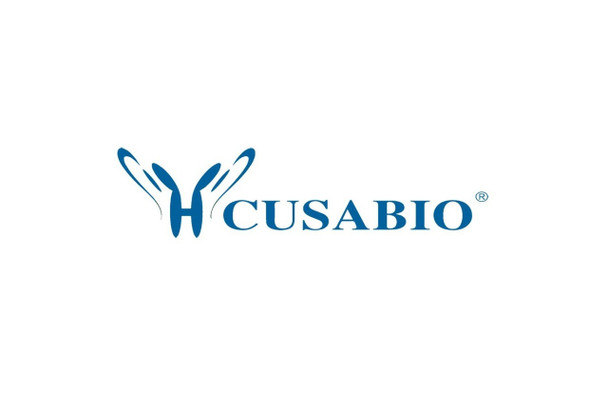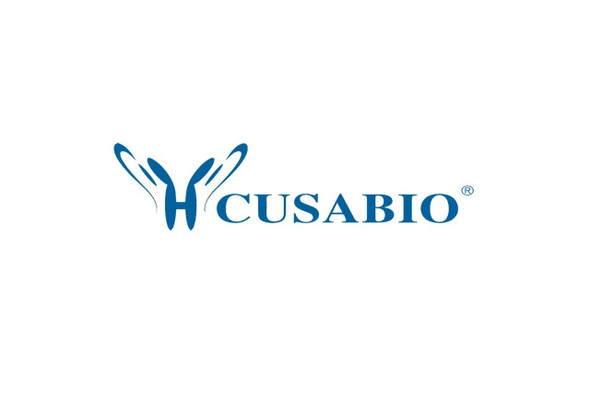Cusabio Polyclonal Antibodies
ADAMTS14 Antibody | CSB-PA103066
- SKU:
- CSB-PA103066
- Availability:
- 3 to 7 Working Days
Description
ADAMTS14 Antibody | CSB-PA103066 | Cusabio
ADAMTS14 Antibody is Available at Gentaur Genprice with the fastest delivery.
Online Order Payment is possible or send quotation to info@gentaur.com.
Product Type: Polyclonal Antibody
Target Names: ADAMTS14
Aliases: ADAM metallopeptidase with thrombospondin type 1 motif, 14
Background: This gene encodes a member of the ADAMTS (a disintegrin and metalloproteinase with thrombospondin motif) protein family. Members of the family share several distinct protein modules, including a propeptide region, a metalloproteinase domain, a disintegrin-like domain, and a thrombospondin type 1 (TS) motif. Individual members of this family differ in the number of C-terminal TS motifs, and some have unique C-terminal domains. This gene is highly similar to two family members, ADAMTS2 and ADAMTS3, in its sequence and gene structure, and the encoded protein shares the aminoprocollagen peptidase activity with the protein products encoded by ADAMTS2 and ADAMTS3. Various transcript variants of this gene have been identified. They result from the use of two different promoters and transcription initiation sites as well as alternative splicing sites. The full length nature of some transcripts has not been defined.
Isotype: IgG
Conjugate: Non-conjugated
Clonality: Polyclonal
Uniport ID: Q8WXS8
Host Species: Rabbit
Species Reactivity: Human
Immunogen: Synthetic peptide of human ADAMTS14
Immunogen Species: Human
Applications: ELISA, IHC
Tested Applications: ELISA, IHC;ELISA:1:2000-1:5000, IHC:1:25-1:100
Purification Method: Antigen affinity purification
Dilution Ratio1: ELISA:1:2000-1:5000
Dilution Ratio2: IHC:1:25-1:100
Dilution Ratio3:
Dilution Ratio4:
Dilution Ratio5:
Dilution Ratio6:
Buffer: -20°C, pH7.4 PBS, 0.05% NaN3, 40% Glycerol
Form: Liquid
Storage: Upon receipt, store at -20°C or -80°C. Avoid repeated freeze.
Initial Research Areas: Signal Transduction
Research Areas: Cell biology;Signal transduction









